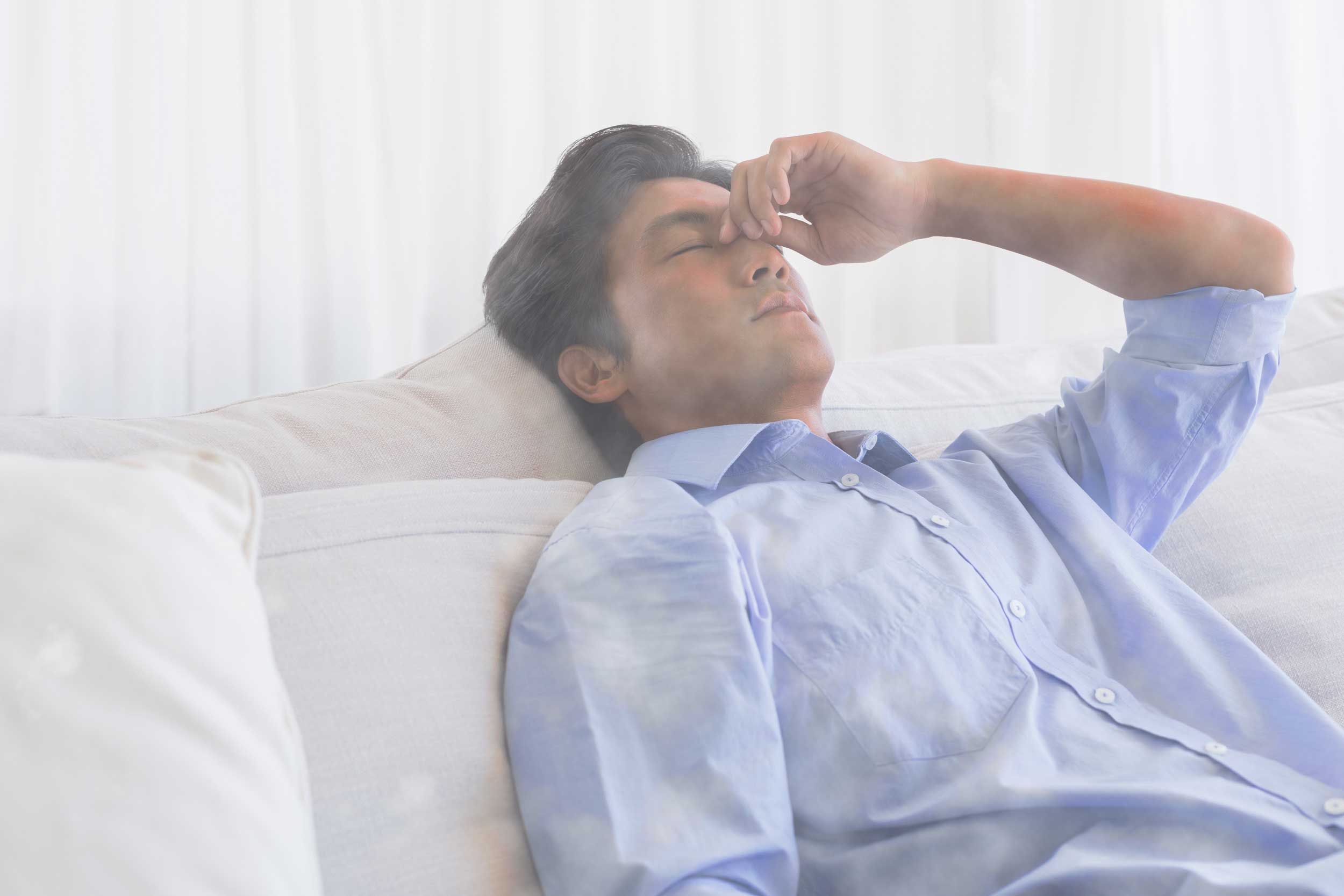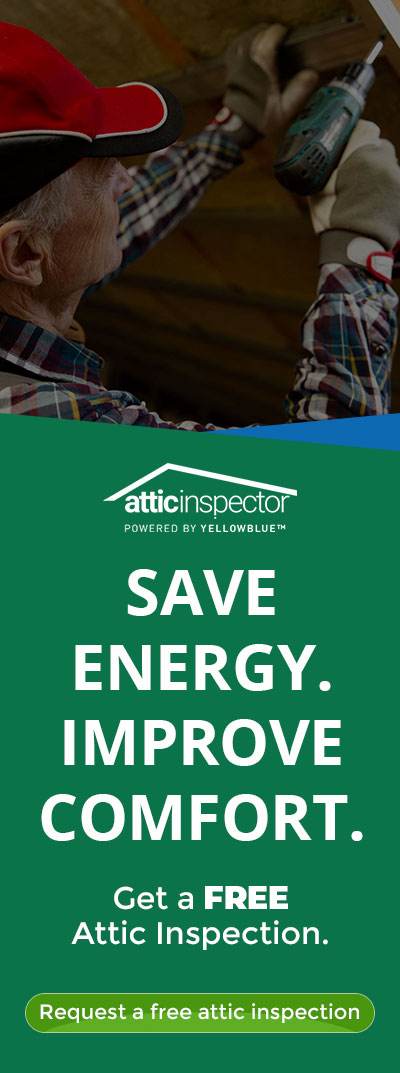From smokestacks and garbage mountains to a city skyline overtaken by smog, images of pollution storm everyday life for most people.
Yet it is in these incredibly familiar images that one of the most common misconceptions about pollution is conceived. This is not to say issues like excessive vehicle emissions and trash infested waterways are insignificant.
In fact, CNN reported in an Oct. 19 article that reports are linking nearly one in nine deaths in 2015, or an estimated nine million worldwide, to some form of pollution.
It is an everyday problem with major consequences, but perhaps one of the most disturbing things about pollution is it doesn’t check itself at the door.
Despite those images that first come to mind for many people at the mention of pollution, its effect indoors is all too often overlooked.
What is indoor air pollution?
The Environmental Protection Agency (EPA) defines indoor air quality as the air quality within and around buildings and structures especially as it relates to the health and comfort of building occupants.
“Understanding and controlling common pollutants indoors can help reduce your risk of indoor health concerns,” the EPA reports. “Health effects from indoor air pollutants may be experienced soon after exposure or, possibly, years later.”
In general, EPA experts suggest it is important to consider how much a pollutant emits for how long and how hazardous the emissions are. Building materials, furniture and household products, for example, release pollutants more consistently than intermittent sources like smoking or failure to fix a broken stove or space heater.
What you don’t know about indoor air pollution could have a significant impact on your overall lifestyle and well-being. That’s why it’s important to arm yourself with knowledge so you can take necessary precautions in the short- and long-term.
3 Things You Didn’t Know About Indoor Air Pollution
Indoor Air Pollution Is Way More Common Than You Think
If you asking yourself ‘how common is indoor air pollution?’ you are not alone and the answer may shock you. The EPA estimates that indoor air can be as many as five times as polluted as outdoor air. In addition, a 2012 study conducted by the World Health Organization found that complications from breathing polluted indoor air are responsible for 4.3 million premature deaths each year.
You Can Be Allergic to Your Home
The sources of indoor air pollutants are just as surprising. Every room of the house can contain some kind of problem. From asbestos or dust mites in the attic to allergens and second-hand smoke in the living room, there are more sources of indoor air pollution than the average homeowner realizes. Sure, these are in addition to more obvious issues like mold and pet dander, but the point is even at home where you are perceived to be in a “safe place,” you are not without taking proper precautions.
You Can Make Indoor Air Pollution Worse
Keeping indoor air pollutants at bay requires more than a regular cleaning routine. It requires attention to detail, moisture control and effective ventilation. It’s crucial to maintain air flow in areas like the garage where there are carbon monoxide emissions, solvents, pesticides and other chemicals reeking havoc on the air. The same is true of the attic space, which is a breeding ground for mold and mildew growth and other issues that can negatively impact the longevity of your roof.




